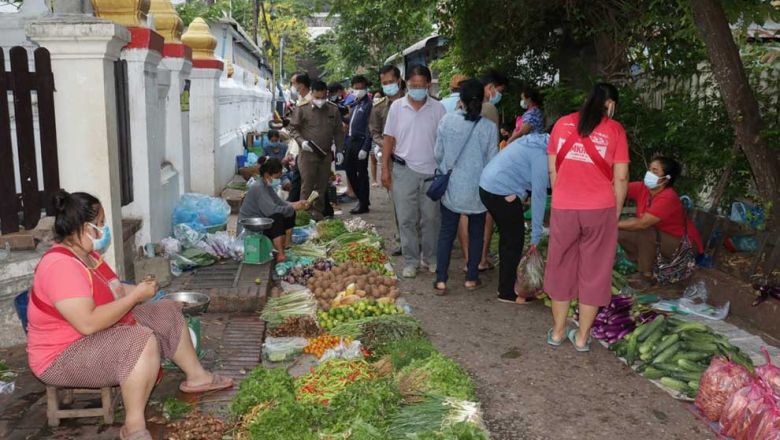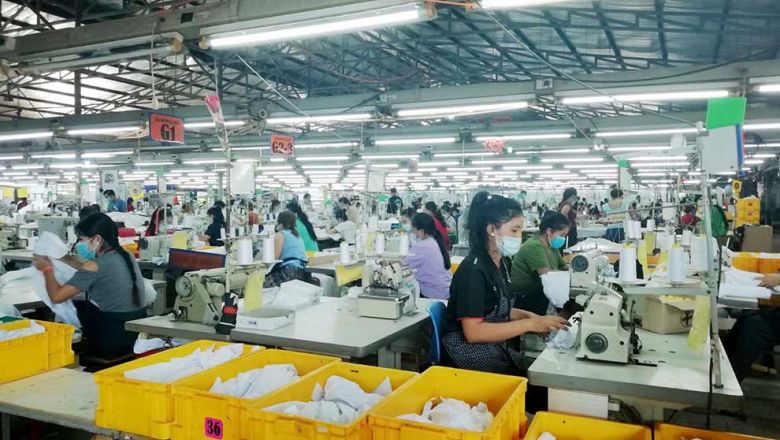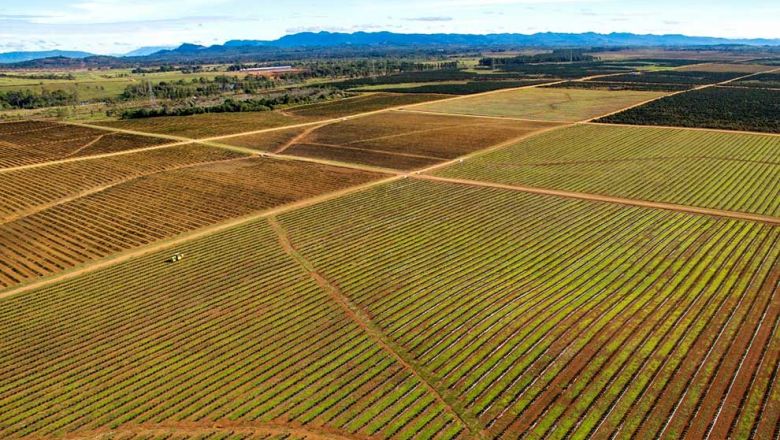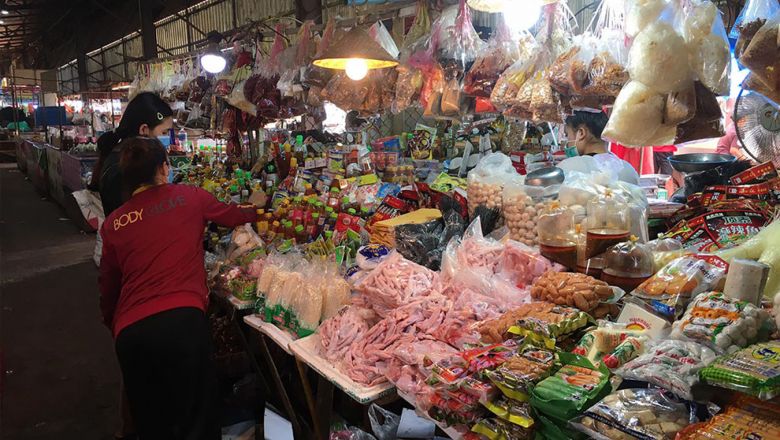Inflation rate declines in April
Inflation rate declines in April
The rate of inflation in Laos dropped in April compared to March despite stronger demand in food and drink categories and for transportation.
Economists attributed the decline to the enforcement of the government’s regulations to control the prices of products at markets and stabilise the country’s exchange rate.According to the Bank of the Lao PDR, the inflation rate has continued to fall since earlier this year with all months except January recording below 2 percent.
The Consumer Price Index in January this year stood at 101.95 with the inflation rate at 2.27 percent.
The figure decreased to 1.67 percent in February before rising to 1.75 percent in March and declining again to 1.52 percent in April.
A senior economist at the National Economic Research Institute and member of the National Assembly Dr Leeber Leebouapao told Vientiane Times recently that the inflation in Laos has been mainly driven by foods and transport categories.
Minister of Industry and Commerce Ms Khemmani Pholsena presented her report at the National Assembly session late last month, highlighting that prices of staple foods in Laos were still around 10-20 percent higher compared to neighbouring countries especially Thailand and Vietnam.
For instance, the price of Grade A pork in Laos is 35,000 kip a kg, in Thailand 30,000 kip and 27,720 kip in Vietnam; while Grade B is 33,000 kip in Laos, 28,862 kip in Thailand and 25,870 kip in Vietnam.
One of the main challenges for Laos is small domestic production capacity and dispersed markets as well as a lack of advanced farming methods and equipment.
In addition to equipments and machinery, animal feeds and fertilizers are also often imported from other countries which contribute to the costs of production.
Government sectors have been calling to study price structures and discuss how to lower the production costs in the agriculture sector.
Inflation is typically low in many countries worldwide at present due to global competition driving product prices down.
Additionally, falling international commodity prices have contributed to lower inflation in the region.
Typically the inflation rate in Laos has remained significantly lower than the economic growth rate.
For instance, the economic growth accomplished 7.02 percent last year; nevertheless average inflation was recorded at only 1.6 percent.
The IMF praised Laos for its accomplishment in sustaining high economic growth and keeping the inflation lower than 2 percent.
However it said the country needs to work harder in diversifying its economy and creating stronger reserves to cushion against external impacts.
According to the IMF’s most recent report, headline inflation rates have recovered in advanced economies in recent months with the bottoming out of commodity prices, but core inflation rates have remained broadly unchanged and generally below inflation targets.
Meanwhile, inflation ticked up in China as capacity cuts and higher commodity prices pushed producer price inflation into positive territory after more than four years of deflation.


















